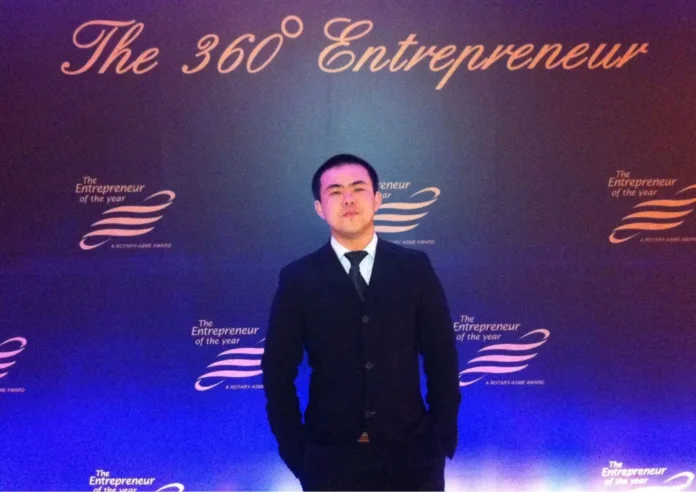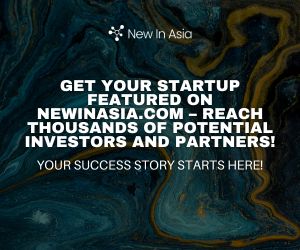Recruitment in Asia has undergone a seismic shift. Gone are the days when stacks of printed resumes filled office desks, and recruiters spent hours on cold calls. Today, AI-driven candidate matching, virtual interviews, and social media sourcing have transformed how businesses find talent. While these advancements bring efficiency, they also introduce new challenges—how do recruiters…
RELATED ARTICLES
© NewInAsia.com 2025








